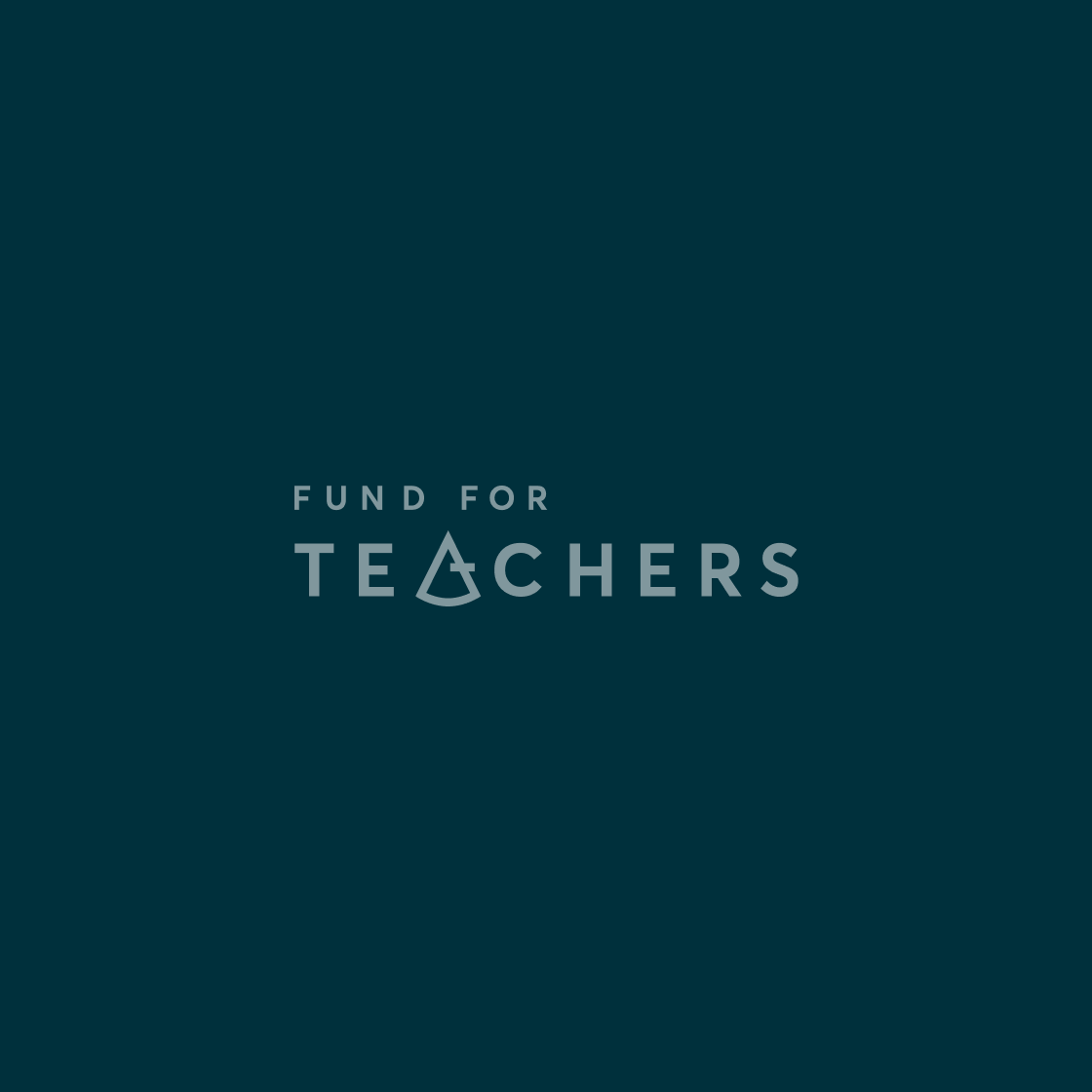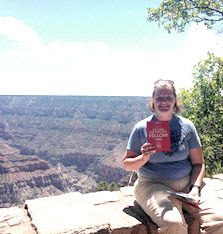Erosion of Land & Educational Philosophy

As I think about my teaching practice, I believe it is important to provide my bilingual second grade students with a well-developed and engaging science curriculum. I recently read a study that showed only 10% of workers in science and engineering fields were African-American or Latino. As a teacher of students who are 98% Latinos, I want my students to see opportunities in these fields and I believe it is my responsibility to provide them with a strong base in early childhood to empower them to pursue scientific careers.

Overlooking the North Rim of the Grand Canyon
To that end, I decided to model for them scientific inquiry by designing a Fund for Teachers fellowship to explore the unique geography and biological diversity of the American Southwest. For two weeks last summer, I investigated geological formations and desert habitats to develop an integrated unit that references Southwestern literature and folk tales.
Before my fellowship, I was struggling to find meaningful ways for my students to connect to our science unit about rocks and pebbles. The curriculum felt stale and boring to me, so it was understandably difficult to get kids enthusiastic about something that I was finding dull. By exploring the parks and learning about the formation of canyons and rock formations, my excitement flourished and in turn reinvigorated the unit with some fresh lessons and demonstrations. I learned that, like my students, real authentic experiences deepen my knowledge.
During my fellowship, I was able to learn extensively about our national parks. I visited 8 national parks, 2 state parks and 2 parts of the Navajo Nation. I collected information from both Park Rangers and locals about the region and its treasures. Since I couldn’t take my students with me it was important for me to bring my learning back to them. Through photos, artifacts and stories I was able to find ways to incorporate my leaning and experiences back to our work in the classroom.
I attended a number of presentations given by park rangers. It was truly inspiring to see the wide variety of topics that individual rangers and researchers are currently studying. I attended programs that varied from evidence of dinosaurs found in the Grand Canyon to the formation of the Rocky Mountains. One of the biggest lessons for me was how the rangers were definitely looking for more questions than answers. When I questioned different rangers for ideas for my own classroom, they often returned to the idea of encouraging student questioning. This pushed me to incorporate more inquiry into my lessons.
Back in the classroom as a result of my fellowship, students are now:
- Conducting investigations on how rocks can be classified in different ways.
- Simulating erosion, weathering, and glacier’s effects on lands.
- Reading folktales from the region.
- Writing creative legends to describe natural phenomenon in my photographs.
- Studying the unique characteristics of the desert habitat and what adaptations are needed to survive there.
- Creating maps and travel logs that recreate my fellowship practicing map skills and elapsed time.

Mary Beth’s students conducting soil sampling.
Participating in my own self-directed learning experience revitalized my teaching with fresh perspectives. As I enter my sixteenth year in the classroom, this fellowship provided me with time and space to reflect upon my teaching practice, as well as how it has changed over the years. By designing my own learning plan, I was able to focus on some of the elements that brought me to teaching in the first place. I am excited to recommit myself as an educator to curiosity and questioning.
I did not anticipate how much the level of autonomy would effect my learning in this fellowship. I knew that I would learn more about land forms and geography; I didn’t realize how much I would be influenced by how we learn. The education system has been moving to a more test based, data based, linear view of education. This fellowship reminded me to push back on this and allow space for questioning and curiosity. By exploring my own topics, I was able to connect to ways my students can explore in our classroom. By seeing various researchers explore their own topics and connect with
others in novel ways, I was able to see how intellectual sharing is able to deepen one’s own understanding.
This fellowship helped bring me back to center in my educational philosophy which has in its own way eroded over time. When I have spoken with other FFT Fellows, I think that this is one of the key components that makes this fellowship successful. I was able to create a fellowship that met my needs and as a result I was able to reflect on what the fellowship meant to my professional practice. This
time that I was able to study something of interest helped me connect to myself as a learner. This experience is personal for each grant recipient as we pursue topics of interest, but also immensely professional as we develop as educators.
To me, it is very powerful that as a veteran teacher I can speak about how my fellowship helped me to
develop as an educator. There are few learning experiences that I have that focus on my professional development; instead they are more frequently about analyzing data sets and adopting new methods. My Fund for Teachers fellowship let me step back and take a big picture view of what I want to do as an
educator. I went to study sand, rocks and land forms and left recommitted to fostering intellectual curiosity.
Mary Beth Werner (Telpochcalli Elementary School – Chicago, IL) is a second grade teacher who is passionate about bringing hands-on experiences to her classroom. She is a Drive Award winner, as well as a two-time FFT Fellow.
 Back to Blogs
Back to Blogs